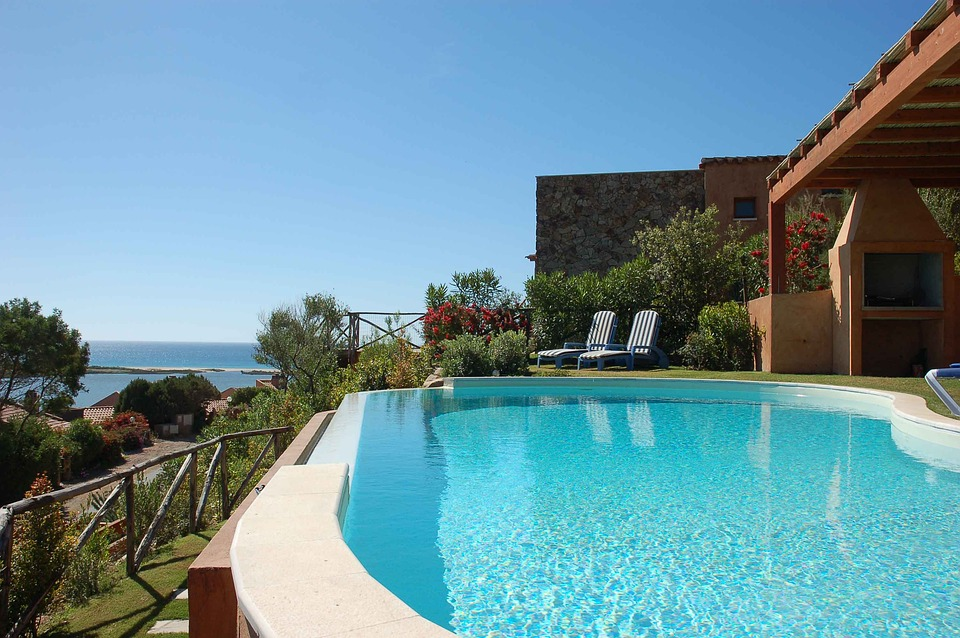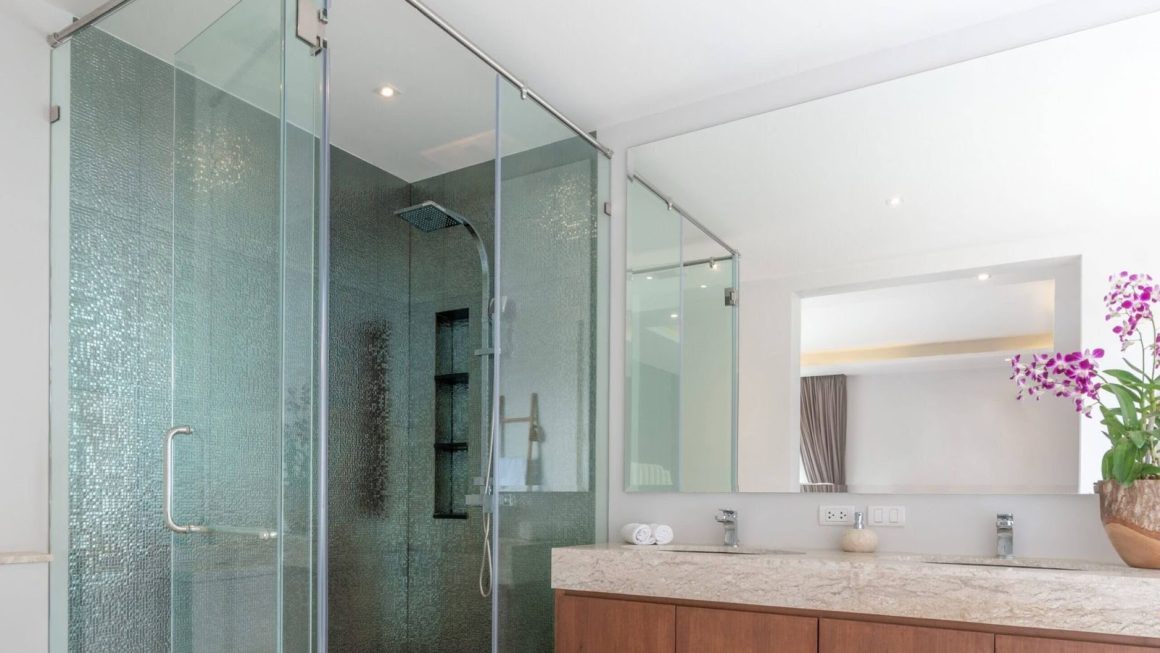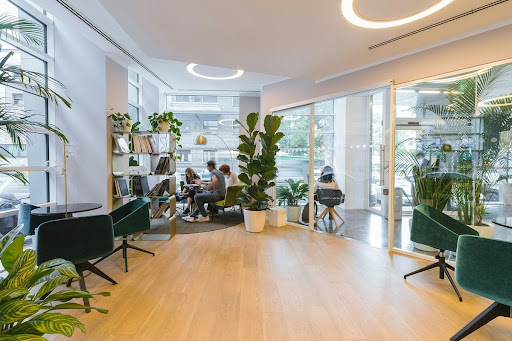Having a pool would top the wishlist for many homeowners. The convenience of taking a dip in the privacy of your home sure beats using public facilities. There is the added benefit of having 24-hour 7-day access. You will never have to worry about opening and closing hours. Imagine the fun of congregating around the pool with family and friends during those hot summer days.
But beyond mere functionality is the value-adding factor. Experts say you can increase the home value from 5% to 8%. An in-ground pool takes the figure much higher to an average of 69%.
Of course, other factors will come into play in determining the value add. The home location is a significant factor. The same applies to how well you maintain the pool.
The truth is that the cost of installing a pool can be quite high. The report shows an above-the-ground pool can cost anywhere from $800 to $15,000. An inground pool starts at $20,000 to $65,000 depending on the material.
An inground pool is a better investment because of its durability. So, let’s see how you can construct one on a shoestring budget.
Start By Understanding the Basics of Constructing an Indoor Pool
It helps to understand what you are about to get into. You may have an overall idea of how much the pool will cost. But please note the prices will vary depending on:-
- Location
- Soil conditions
- Water circulation systems that take into consideration sanitization and filtration
- Pool type and size
- Zoning rules may have specific requirements that can drive up the cost of the pool. There could be restrictions on wall height, spacing requirements from septic or sewer systems, and more
- Other related costs like landscaping, fencing, pool additions, and maintenance.
Develop a list and, based on research, jot down some accompanying costs. You should have some kind of picture of what you will end up spending.
Determine the Source of Financing for the Pool
Insufficient savings should not be a reason to forgo your dream of constructing an inground pool. For example, if you’re in Florida, you can apply for home renovation loan Florida to supplement whatever you have already. But, you may wonder, are home improvement loans a good idea? The answer is yes because:-
- Any home improvements add to the overall value of your investment
- The lenders can personalize home improvement loan rates and terms. It makes it easy to keep up with payments, thus no impact on your credit score
- The lenders can pay the contractors directly. That way, you don’t handle the cash and risk diverting it to other projects.
- There is a wide range of home repair loans available for whatever you need to do to improve your home.
Hire the Right Inground Pool Installers
You want a professional who can work with your budget without compromising the work quality. Do proper due diligence on their expertise and ask for client references. The wrong or inexperienced contractor can make the project more expensive.
Take advantage of the home improvement loans lenders approved contractors list. They will have done the hard work of due diligence and vetting because they only work with the best.
So what about a DIY inground pool installation? Well, for sure, you will save a lot of money by doing the job yourself. But, take time to understand everything you need to do. There are construction kits available, but you must be good at following instructions.
Also, leave the more technical aspects to the experts. It would be a pity to discover you did not get something right after the project is complete.
Choosing the Pool Material
Concrete pools would be the most ideal in terms of durability. But, at $50,000 to $100,000 they are expensive and will take a huge chunk of your budget. Next in line is Fiberglass, which falls within $28,000 to $60,000.
On a shoestring budget, vinyl makes the most sense. The pool can cost $28,000 to $40,000. But, you need to be aware of the downside. You save on the initial installation cost, but you will need to replace the vinyl every four to seven years.
Frequent cleaning is also important to keep away algae. But, you can save on this expense by doing the job yourself.
Please get expert advice when choosing the material. Factors like soil condition and climate may be a significant determinants of the material you choose.
Pool Size and Design
Without a doubt, the bigger the pool, the better. But, so does the price of constructing the inground pool. By now, it should be clear that owning a pool is not the one-off cost of installation. Maintenance is a long-term expense you must factor in from the get-go.
Another option worth considering is a semi-inground pool. Which means not everything will be below the ground, making them slightly cheaper than inground pools. You can get pretty creative with the raised edges of the pool. It can, for instance, make a fantastic bar.
Also, remember that every extra you include in the ground pool design will cost money. Be realistic about what you can afford and work within your budget. If you want to make some changes later, you can always do so.
Remember, you have the option of a home improvement loan to help manage the cost of the add-ons when you decide to put them in.
Choose the Best Installation Time
The peak seasons for pool installations are summer and spring. Demand for the services of the contractors will be very high at such times. You can get better deals in low seasons like fall. At such times the installers are not busy and will be happy to take on even low-budget paying jobs.
Final Thoughts
Think of your inground pool as a significant investment toward your home. Even with a shoestring budget, it helps to know what you can compromise on or not. We reiterate the importance of knowing what you can achieve with the money you have.
Work with professional installation companies that have a history of showcasing their expertise. Also, consider a home improvement loan to help supplement whatever amount you have. It is better to spend a bit more on installation to ensure you have a durable pool. You will enjoy tons of savings in the long term by avoiding high maintenance and repair costs.



